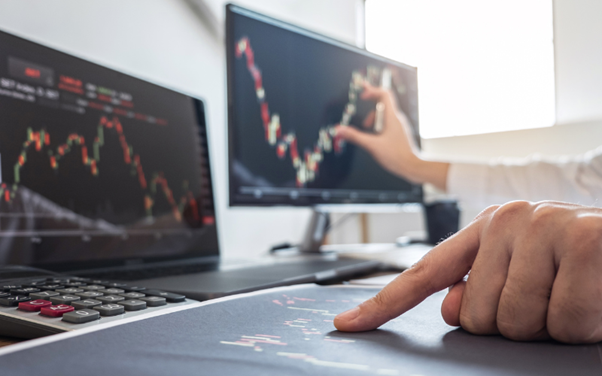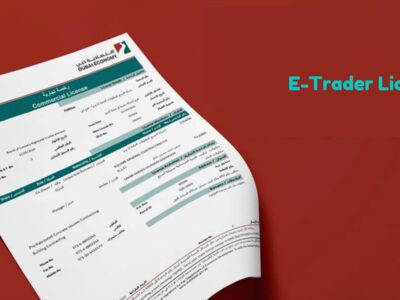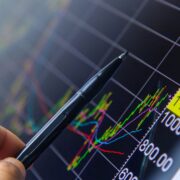Assessing trading performance is essential for traders at all levels of experience. Precise evaluation of trading activities aids in pinpointing strengths, weaknesses, and growth opportunities. Utilising key metrics provides a systematic approach to gauging performance and facilitating well-informed choices.
Discover the fundamental metrics that every trader should consider when evaluating trading performance.
Profit and Loss (P&L)
Gross Profit and Loss
The gross profit and loss metric reflects all trades’ total earnings and losses before deducting expenses like commissions or fees. This metric gives a clear picture of the overall trading performance.
Net Profit and Loss
Net profit and loss account for all expenses, including commissions, fees, and other trading-related costs. This metric provides a realistic view of profitability, vital for accurate trading evaluation.
Win Rate
Definition and Calculation
The win rate represents the proportion of successful trades compared to the overall number of trades placed. For instance, if you make 100 trades and 60 are profitable, your win rate is 60%.
Importance in Trading Evaluation
A high win rate indicates successful trading strategies. However, it should be considered alongside other metrics, as a high win rate with small profits can still result in poor overall trading performance.
Risk-Reward Ratio
Understanding Risk-Reward Ratio
The risk-reward ratio assesses the possible gains of a trade against the possible losses. A ratio of 1:2 means you risk $1 to potentially gain $2.
Application in Trading Performance
Evaluating trades based on the risk-reward ratio helps make decisions that maximise returns while minimising risks. Consistently favourable ratios are indicative of effective trading strategies.
Average Gain and Loss
Calculation of Average Gain
Average gain is the sum of all profits divided by the number of profitable trades. This metric helps in understanding the typical profit from successful trades.
Calculation of Average Loss
Average loss is the sum of all losses divided by the number of losing trades. This indicator provides insight into the typical loss from unsuccessful trades.
Significance in Trading Evaluation
Balancing average gain and loss is critical. A high average gain relative to average loss can indicate a solid trading strategy, even if the win rate is lower.
Maximum Drawdown
What is a Maximum Drawdown?
Maximum drawdown measures the largest peak-to-trough decline in the account balance. It indicates the worst possible loss over a trading period.
Importance in Trading Performance
A lower maximum drawdown suggests better risk management and resilience against market volatility. It’s a key metric for assessing the sustainability of a trading strategy.
ALSO READ: 3 Essential Chart Patterns Every Trader Should Know
Sharpe Ratio
Definition and Purpose
The Sharpe ratio evaluates the risk-adjusted return of a trading portfolio. It is calculated by subtracting the risk-free rate from the portfolio’s return and dividing it by the portfolio’s standard deviation.
Role in Trading Evaluation
A higher Sharpe ratio indicates better trading performance, as it shows that higher returns are achieved with less risk. This metric is essential for comparing different trading strategies or portfolios.
Sortino Ratio
Difference from Sharpe Ratio
Unlike the Sharpe ratio, the Sortino ratio focuses solely on downside volatility. It provides a more accurate risk-adjusted return measure for traders primarily concerned with negative deviations.
Relevance in Trading Performance
A higher Sortino ratio suggests the strategy generates high returns with lower downside risk. It’s particularly beneficial for evaluating conservative trading approaches.
Profit Factor
Understanding Profit Factor
The profit factor represents the relationship between gross profit and gross loss. A profit factor exceeding 1 signifies that the strategy is yielding profits.
Application in Trading Evaluation
This metric helps in understanding the overall efficiency of the trading strategy. A consistently high profit factor is a strong indicator of robust trading performance.
Trading Volume
Definition and Calculation
The trading volume represents the total number of shares or contracts exchanged during a designated time frame, which can be computed daily, weekly, or monthly.
Importance in Trading Performance
Monitoring trading volume helps assess liquidity and the impact of trades on the market. High trading volumes with stable profits can indicate a scalable trading strategy.
Time-Weighted Return
Explanation of Time-Weighted Return
Time-weighted return measures the compound growth rate of an investment, accounting for external cash flows. It provides a clear picture of performance without influencing deposits or withdrawals.
Significance in Trading Evaluation
This metric is vital for comparing the performance of different trading periods or strategies, ensuring that comparisons are fair and not skewed by cash flows.
Conclusion
Assessing trading performance with these essential metrics enables traders to base decisions on data, improve strategies, and attain steady profits. Every metric provides distinct perspectives, allowing a thorough and efficient evaluation of trading activities. By concentrating on these metrics, traders can profoundly comprehend their trading performance and boost their overall success.
Contact MPFunds to start your journey towards more profitable trading today!














Comments